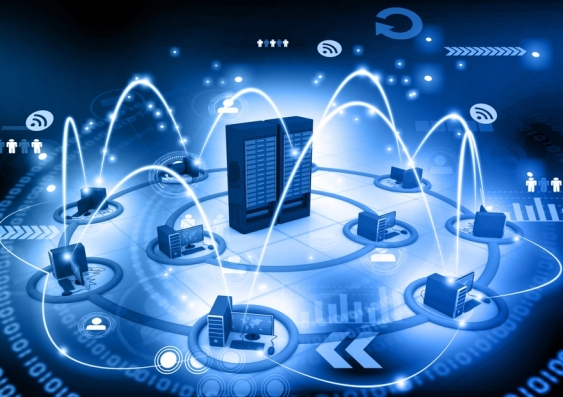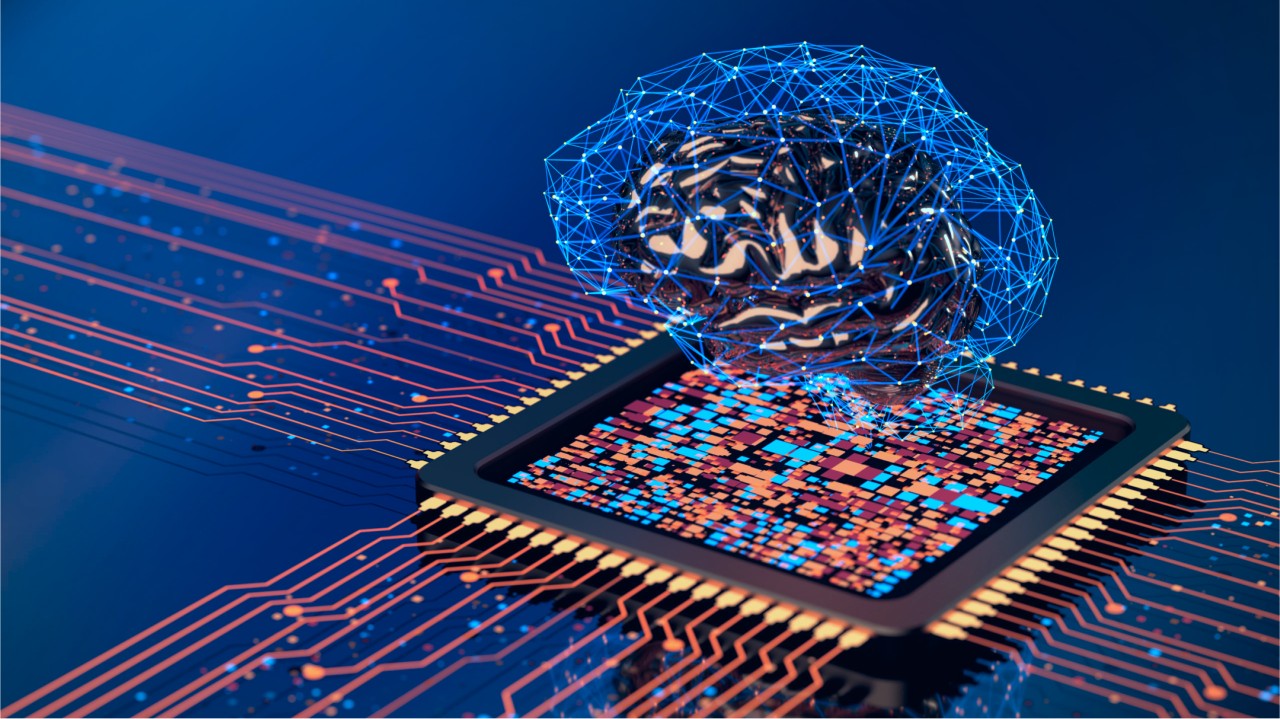Deep learning, a subset of artificial intelligence (AI) and machine learning, continues to revolutionize technology and its applications across diverse fields. This section explores even more advanced innovations and future directions that are shaping the landscape of deep learning.
Deep Learning in Cybersecurity
- Threat Detection and Prevention:
- Anomaly Detection: Deep learning models analyze network traffic and user behavior to detect anomalies that may indicate cybersecurity threats, such as malware or insider attacks. These models improve the accuracy of threat detection and reduce false positives.
- Phishing Detection: AI models are employed to identify phishing attempts by analyzing email content and patterns. This includes detecting suspicious links, fraudulent email addresses, and other indicators of phishing attacks.
- Intrusion Detection Systems:
- Real-Time Monitoring: Deep learning enhances intrusion detection systems by providing real-time monitoring and analysis of network activities. This includes identifying unauthorized access and potential breaches.
- Automated Response: AI models automate responses to detected threats, such as isolating affected systems or blocking malicious traffic. This improves the efficiency of incident response and minimizes potential damage.
Deep Learning in Healthcare
- Medical Imaging:
- Image Analysis: Deep learning models analyze medical images, such as X-rays, MRIs, and CT scans, to identify and diagnose abnormalities. This includes detecting tumors, fractures, and other medical conditions with high accuracy.
- Disease Progression Monitoring: AI models track disease progression by analyzing longitudinal medical imaging data. This supports treatment planning and monitoring of chronic conditions.
- Predictive Healthcare:
- Personalized Treatment Plans: Deep learning predicts patient responses to different treatments based on their medical history, genetic data, and clinical factors. This enables personalized treatment plans and improves patient outcomes.
- Early Disease Detection: AI models analyze health records and biomarkers to detect diseases at an early stage. This facilitates early intervention and preventive measures.
Deep Learning in Human-Computer Interaction (HCI)
- Natural Language Interfaces:
- Voice Assistants: Deep learning powers voice assistants like Siri and Alexa by enabling natural language understanding and conversation. This includes recognizing spoken commands, answering questions, and performing tasks.
- Emotion Recognition: AI models analyze vocal tones and speech patterns to detect emotions and sentiments. This enhances interactions with voice-based systems and provides more empathetic responses.
- Gesture and Movement Recognition:
- Gesture Control: Deep learning models interpret hand gestures and body movements to control devices and applications. This supports hands-free interaction and immersive user experiences.
- Sign Language Interpretation: AI models translate sign language into text or speech, facilitating communication between deaf and hearing individuals. This includes recognizing and interpreting complex sign language gestures.
Deep Learning in Entertainment and Media
- Content Creation:
- Generative Art: Deep learning models create generative art by producing original visual and auditory content. This includes generating images, music, and animations based on learned patterns and styles.
- Deepfakes: AI models generate realistic deepfake videos and audio clips by synthesizing and manipulating media content. This technology has applications in film production, marketing, and entertainment.
- Personalized Recommendations:
- Content Recommendations: Deep learning enhances recommendation systems by analyzing user preferences, viewing history, and behavior. This includes personalized recommendations for movies, music, and other media content.
- Targeted Advertising: AI models analyze user data to deliver targeted advertisements based on individual interests and behaviors. This improves ad relevance and engagement.
Deep Learning in Agriculture and Food Industry
- Precision Farming:
- Crop Monitoring: AI models analyze satellite and drone imagery to monitor crop health, detect diseases, and assess yield potential. This supports precision agriculture and optimized resource use.
- Automated Harvesting: Deep learning drives the development of autonomous harvesting machines that can identify ripe crops and perform harvesting tasks with minimal human intervention.
- Food Quality and Safety:
- Quality Control: Deep learning models analyze images and sensory data to ensure food quality and consistency. This includes detecting defects, contaminants, and spoilage in food products.
- Supply Chain Optimization: AI models optimize supply chain logistics by predicting demand, managing inventory, and minimizing waste. This supports efficient food distribution and reduces environmental impact.
Deep Learning in Climate Science
- Climate Prediction:
- Weather Forecasting: AI models improve weather forecasting accuracy by analyzing large-scale climate data and simulation results. This includes predicting extreme weather events and climate patterns.
- Climate Change Modeling: Deep learning enhances climate change models by analyzing historical climate data and projecting future scenarios. This supports research on climate change impacts and mitigation strategies.
- Environmental Monitoring:
- Ecosystem Analysis: AI models monitor ecosystems by analyzing data from sensors, satellites, and field observations. This includes tracking biodiversity, deforestation, and environmental changes.
- Pollution Detection: Deep learning analyzes environmental data to detect and quantify pollution levels. This supports efforts to monitor air and water quality and address environmental health concerns.
Deep Learning in Education and Training
- Adaptive Learning Systems:
- Personalized Learning Paths: AI models create adaptive learning systems that tailor educational content and activities to individual student needs and progress. This enhances student engagement and achievement.
- Intelligent Tutoring: Deep learning supports intelligent tutoring systems that provide personalized guidance and feedback based on student performance. This includes automated assessments and targeted interventions.
- Virtual Reality and Augmented Reality:
- Immersive Learning Experiences: Deep learning enhances virtual reality (VR) and augmented reality (AR) applications by creating realistic and interactive learning environments. This supports experiential learning and skill development.
- Simulated Training: AI models create simulated training scenarios for various fields, such as medical procedures, aviation, and engineering. This provides hands-on practice and improves training outcomes.
Deep Learning in Manufacturing and Industry
- Predictive Maintenance:
- Equipment Monitoring: Deep learning models analyze sensor data from industrial equipment to predict failures and schedule maintenance. This reduces downtime and improves operational efficiency.
- Quality Assurance: AI models monitor manufacturing processes to detect defects and ensure product quality. This includes analyzing images and sensor data to identify anomalies and maintain standards.
- Automation and Robotics:
- Industrial Robots: Deep learning drives the development of advanced industrial robots that perform complex tasks, such as assembly, welding, and material handling. This enhances productivity and precision in manufacturing.
- Supply Chain Optimization: AI models optimize supply chain operations by analyzing inventory levels, production schedules, and logistics. This supports efficient resource management and distribution.
Future Trends and Directions in Deep Learning
- Ethical AI and Fairness:
- Bias Mitigation: Research focuses on addressing biases in AI models by developing techniques to detect and mitigate unfairness in predictions and decisions. This includes ensuring equitable treatment across different demographic groups.
- Transparency and Accountability: Future deep learning systems emphasize transparency and accountability by providing explanations for model decisions and maintaining ethical standards in AI development.
- AI and Human Augmentation:
- Enhancing Human Capabilities: Deep learning supports technologies that enhance human capabilities, such as brain-computer interfaces and cognitive augmentation. This includes developing tools that complement human skills and improve performance.
- Collaborative AI: Future AI systems will increasingly collaborate with humans in creative and decision-making processes. This includes developing interfaces and tools that facilitate effective human-AI interaction.
- Integration with Emerging Technologies:
- IoT and Smart Devices: Deep learning integrates with the Internet of Things (IoT) and smart devices to enhance data analysis and decision-making. This includes applications in smart homes, cities, and industrial automation.
- 5G and Edge Computing: AI models leverage 5G networks and edge computing to process data in real-time and support applications with low latency and high bandwidth requirements. This includes advancements in autonomous systems and real-time analytics.
Conclusion
Deep learning continues to evolve rapidly, driving innovation and transforming various sectors. As technology advances, deep learning will play a pivotal role in addressing complex challenges, enhancing human capabilities, and shaping the future of technology and society.
By exploring advanced applications, addressing ethical considerations, and integrating emerging technologies, we can harness the full potential of deep learning to create positive impact and advance our understanding of the world.


